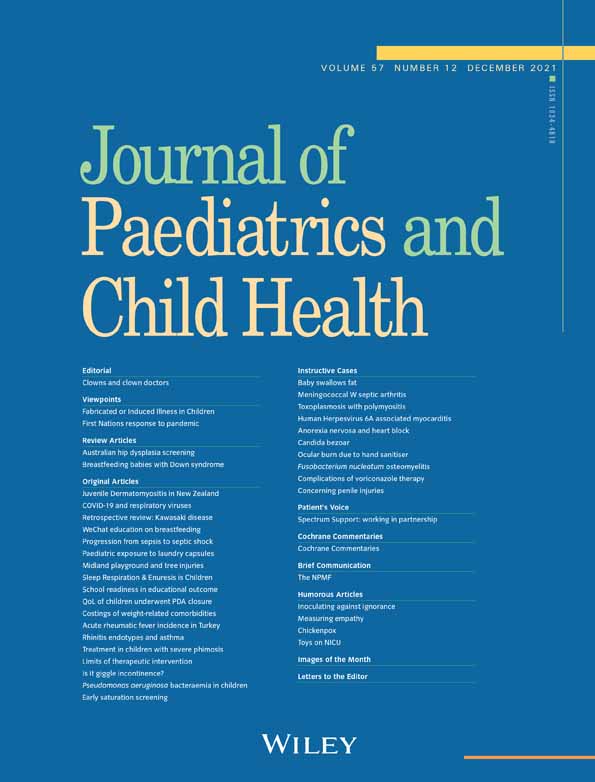Comment on: Report of One Case of Malignancy Among 17 Autonomous Thyroid Nodules in Children and Adolescents
Conflict of interest: None declared.
COMMENT ON: REPORT OF ONE CASE OF MALIGNANCY AMONG 17 AUTONOMOUS THYROID NODULES IN CHILDREN AND ADOLESCENTS
We read with interest the paper by Rosario et al. who retrospectively evaluated a series of 17 autonomous thyroid nodules (ATNs) diagnosed in 13 patients aged 9–18 years.1 All were affected by hyperthyroidism due to thyroid nodule(s) >1 cm in greatest diameter, homogenously ‘hot’ at thyroid scintigraphy while the remaining thyroid parenchyma was suppressed. All patients underwent both fine-needle aspiration of ATNs and surgery. Indeterminate or non-diagnostic cytology was found in three (17.6%) and two (11.7%) nodules, respectively, and benign histology was reported in all but one nodule (i.e. follicular tumour of uncertain malignant potential). Conversely, suspicious cytology was reported in one nodule with malignant histology (i.e. infiltrative follicular variant of papillary thyroid carcinoma); the nodule measured 3.5 cm and exhibited highly suspicious ultrasonography (US) features according to the 2015 American Thyroid Association (ATA) US score.2 The authors concluded that the overall incidence of malignancy among ATNs is low in children/adolescents, so subjecting all of them to surgery, as per the ATA guidelines,2 represented over-treatment. According to their results, they suggest performing fine-needle aspiration only in ATNs with high suspicious features at US, as already proposed for adults.3 We appreciate the authors' efforts to propose a diagnostic and therapeutic algorithm to be applied in this setting of patients for avoiding unnecessary diagnostic procedures and surgery. However, a critical issue should be highlighted. The aforementioned US criteria for differentiating between benign and malignant nodules are well accepted and applied to ‘cold’ thyroid nodules in adult patients,2, 3 but there is insufficient evidence to extend these criteria to ATNs in childhood. We previously reported a 15-year-old girl with an ATN of 3.5 cm in greatest diameter, which turned out to be a papillary thyroid carcinoma, follicular variant, at histopathological analysis after surgery.4 In our case, there were no clues to suspect malignancy pre-operatively. The clinical presentation was dominated by the classic signs and symptoms of hyperthyroidism, and US did not reveal any features suspicious for malignancy (i.e. low-risk score according to the 2015 ATA criteria). In conclusion, adopting US-based criteria for malignancy risk assessment of ATNs could be helpful for decision-making in paediatric patients with ATNs, but further evidence is needed. Although the data reported by Rosario et al.1 are encouraging, we suggest a note of caution until data from larger multicentre series are available.




